I spent most of my formative riding years #hucking2flat and laying down more Scandi flicks than Swedish telly, but road and gravel riding have tempted me away for the last 10-ish years.
However, a rekindled love for shredding the gnar has found me riding a wide range of bikes over a relatively short amount of time. With this, I’ve had a primer on how tech has evolved since my last dalliances with mountain biking.
With that in mind, here are the three trends in MTB tech I welcome with open arms. And, in the name of balance, three I loathe…
3 things I love about modern MTBs
1. Tyre clearances are more generous than ever
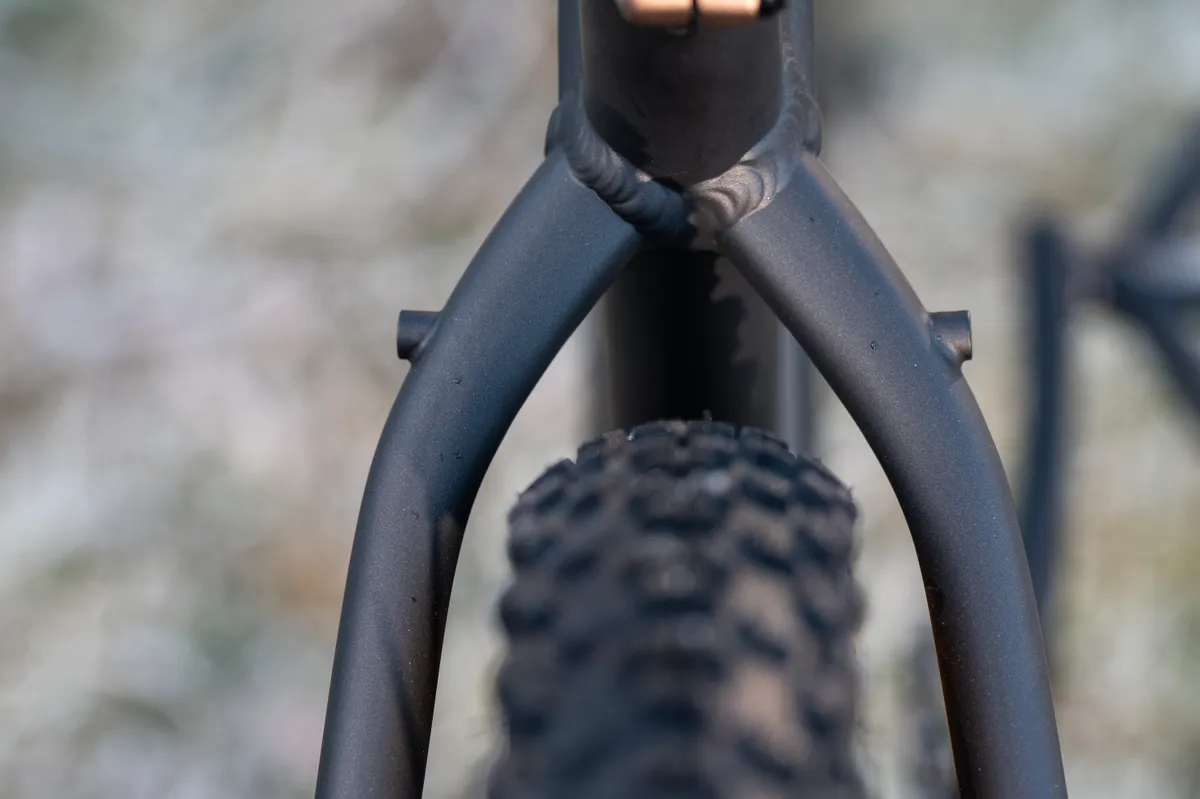
I tested a Bianchi Methanol back in 2017. There was a lot to like about the XC bike, but the 2.1in rear-tyre clearance severely limited its potential. The Methanol wasn’t alone: many mountain bikes had miniscule tyre clearance.
Mercifully, things have moved on since I was a wee content grub and modern cross-country bikes now have ample tyre clearance.
For example, the recently-ish released Pivot Les SL or Merida Big.Nine will easily accommodate 2.4in-wide tyres mounted to 30mm-wide rims.

For gnarlier riders, many trail and enduro bikes can now accommodate tyres up to 2.6in wide.
Provided you nail your tyre pressures and choose the best mountain bike tyre for your riding, wider tyres can improve control and comfort in rough terrain.
There’s still a place for narrower tyres, but I’d rather have the option to go wider – versatility is always a good thing, which leads me neatly to my next point.
2. Mounts, glorious mounts
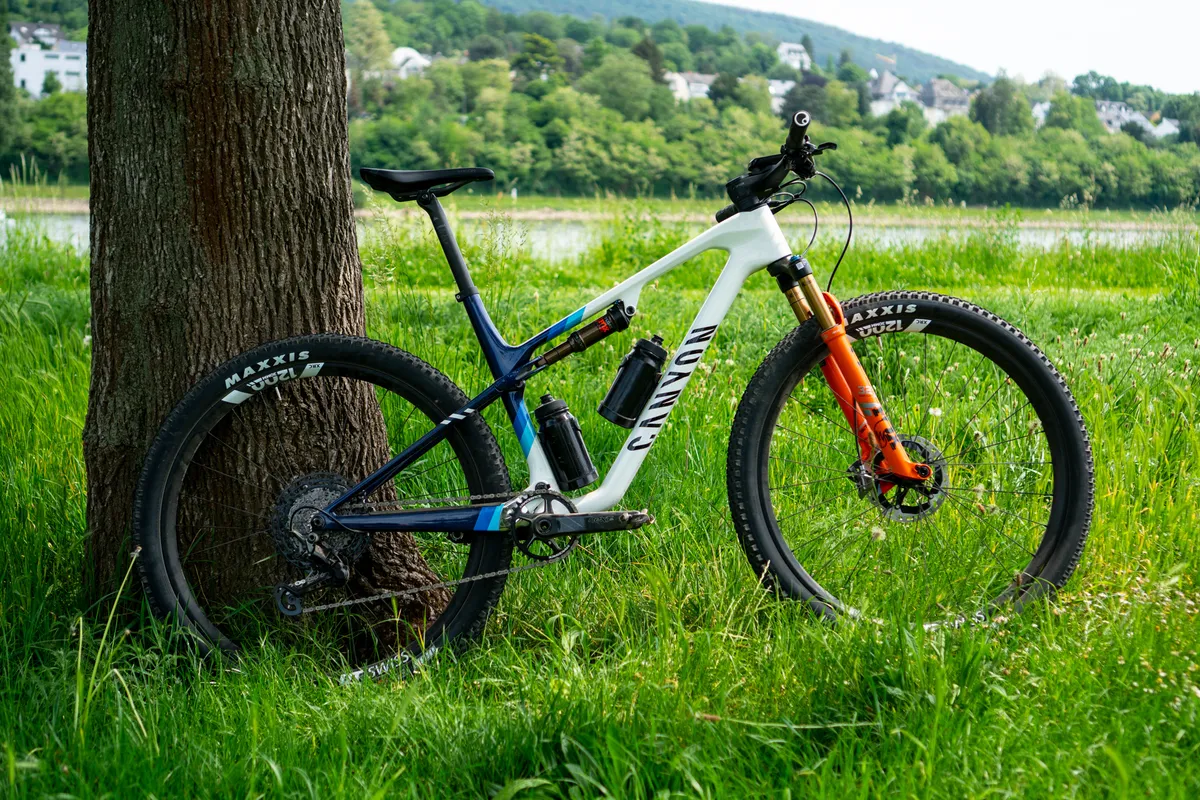
The proliferation of accessory mounts on mountain bikes is a good thing for all riders.
It is now common for hardtails to feature three bottle cage mounts. Shredding is thirsty work!
Bike designers have also finally realised the need to hydrate doesn’t vanish when you ride a full-suspension mountain bike.
Most brands go to lengths to ensure two bottles can fit inside the front triangle or, at least, provide a secondary mount on the underside of the down tube.
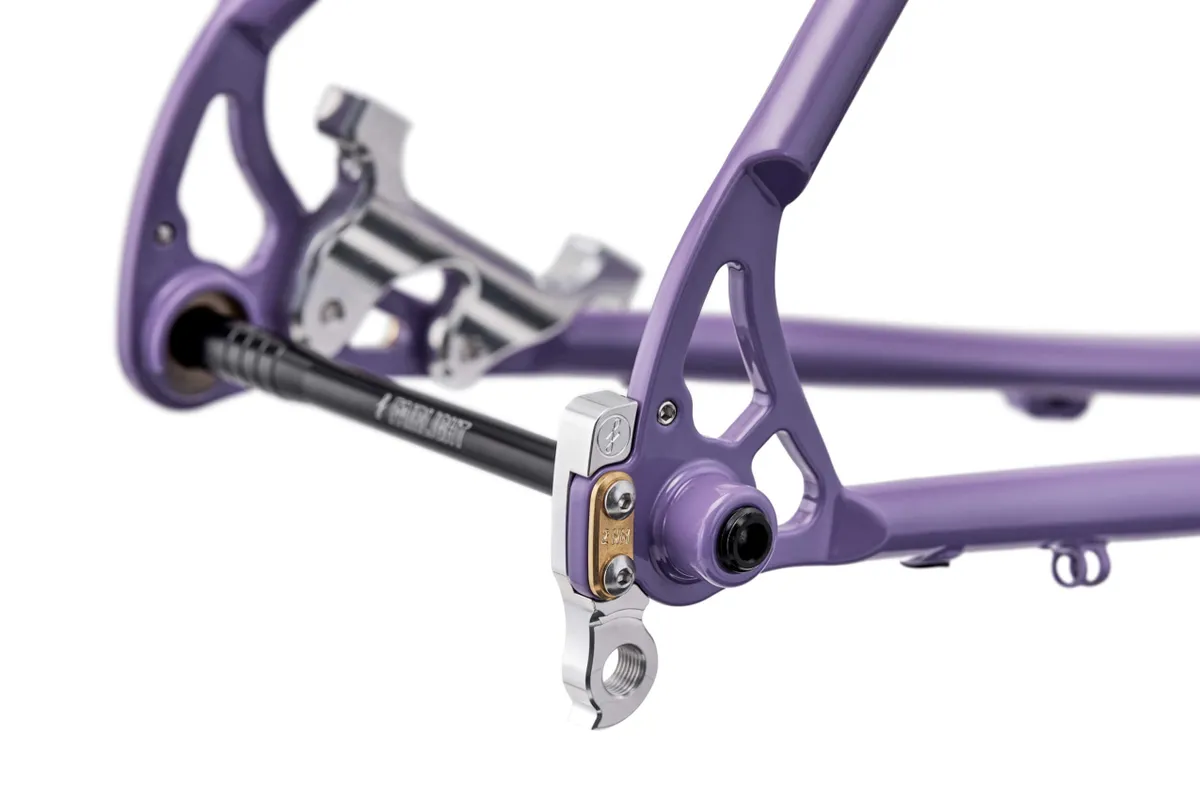
Budget hardtails frequently feature rack and mudguard mounts. These may sit as an unused vestigial nub during a bike’s shredding days, but they could be used when a bike is put out to pasture and repurposed as a commuter.
Or you could fit a rack to your mountain bike and go touring on this rather than building a whole other bike. Versatility is good!
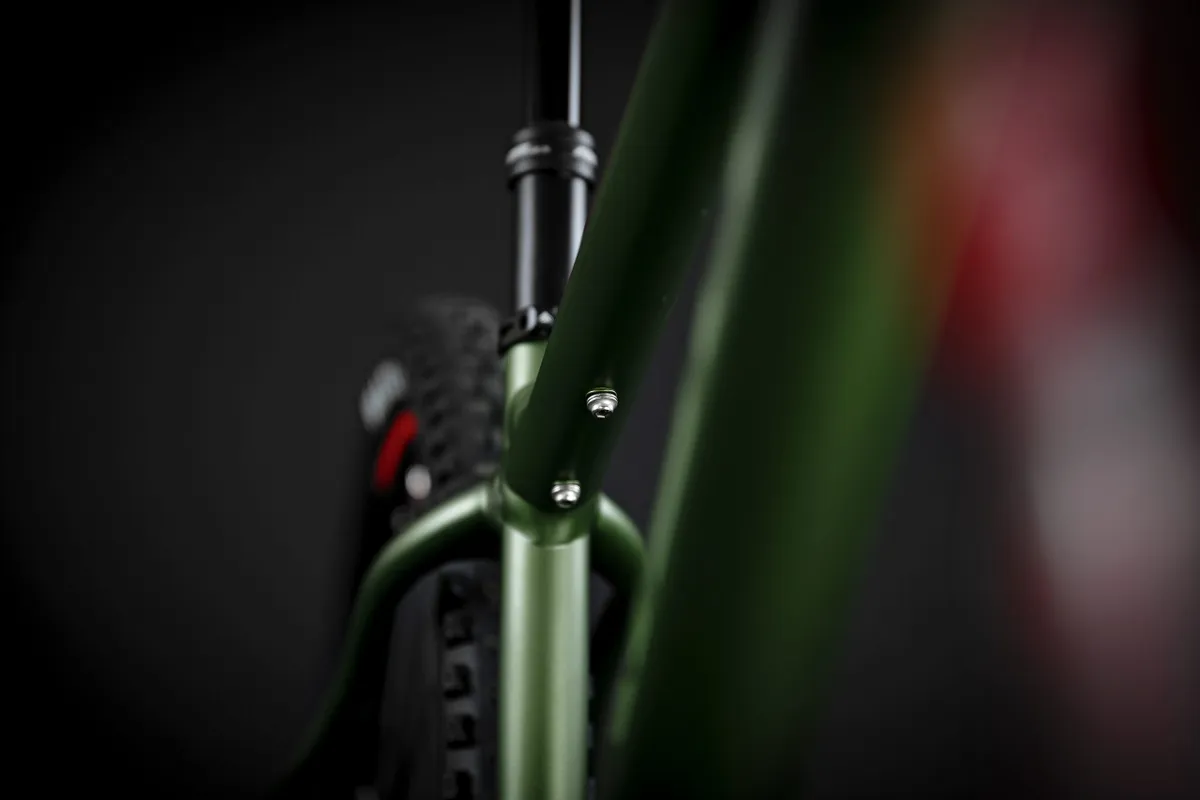
Mountain bikes also commonly feature mounts for multi-tools or pumps, usually on the underside of the top tube. It’s much harder to leave these at home if they’re strapped to your bike.
Some bikes take this to a silly extreme (the warty appearance of the over-accessorised Surly Karate Monkey springs to mind), but overall, it’s a welcome trend.
3. Dropper posts are now the norm

Even if they don’t come with one as stock, most modern mountain bikes can fit an internally routed dropper post.
A dropper post moves your saddle out of the way, for improved control and comfort on technical descents.
I’m more leg than man, so I don’t mind a bit of old-school high posting for XC riding. But it’s reassuring to know any mountain bike I am likely to test could accommodate a dropper should I wish to go full send.
3 things I hate about modern MTBs
1. 35mm bars are pointless and I hate them and they’re stupid
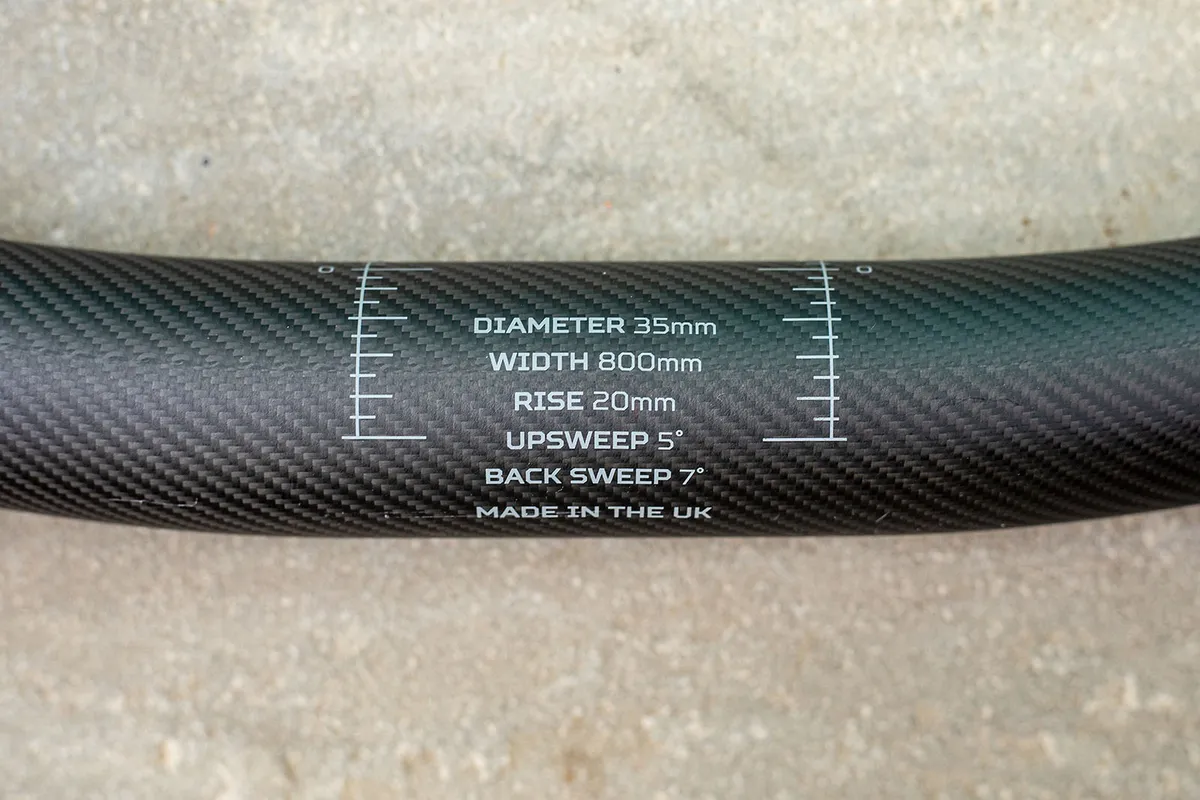
35mm mountain bike handlebars are purported to be stiffer for reduced weight, compared to a 31.8mm bar.
First appearing on downhill bikes, 35mm bars are now seen on all types of mountain bikes (and even some road bikes).
I had no position on 35mm handlebars until I went to fit an out-front bike computer mount to a test bike.
I’d obviously left this to the last minute and swore the room blue as I realised not one of my mounts would fit the bike.
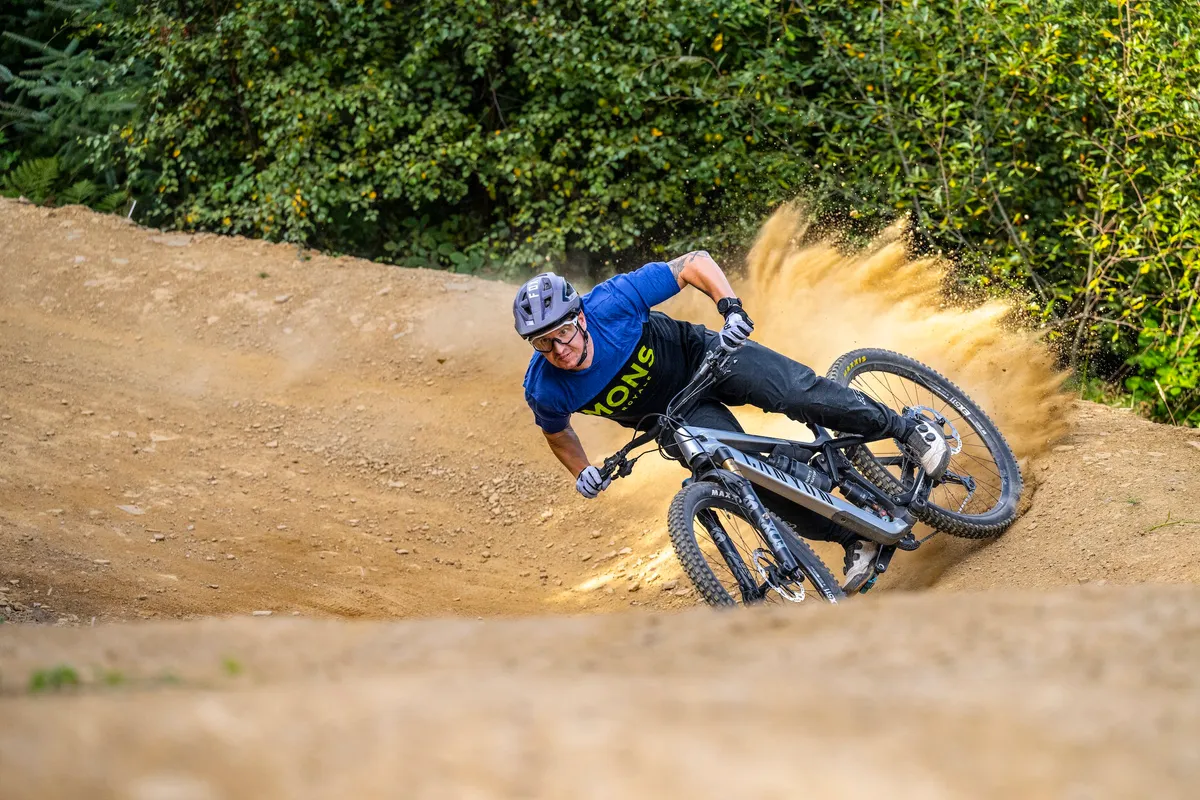
And what if I’d wanted to swap the stock stem for one of the dozen 31.8mm stems in my shed?! Augh – this stuff drives me mad. It’s pointless obsolescence of the worst order.
The fact I’d already ridden the bike three or four times before this incident and not realised it was a 35mm bar says all you need to know: I refuse to believe there is a discernible difference in ride quality between 31.8mm and 35mm bars.
Any weight savings will be vanishingly small in the context of a full bike. And unless it’s designed to be especially stiff, the ride quality of a 35mm bar should be the same as a 31.8mm bar.
Some will disagree with me (this is the internet, after all) and cite the increased steering accuracy offered by 35mm, but I call nonsense.
I’ve ridden immovably stiff 31.8mm bars that would satisfy the most turgid masochist, and they didn’t even weigh appreciably more than a more compliant bar.
I despise 35mm bars and will not be convinced otherwise.
2. Modern press-fit bottom brackets are fine, but nobody wants one
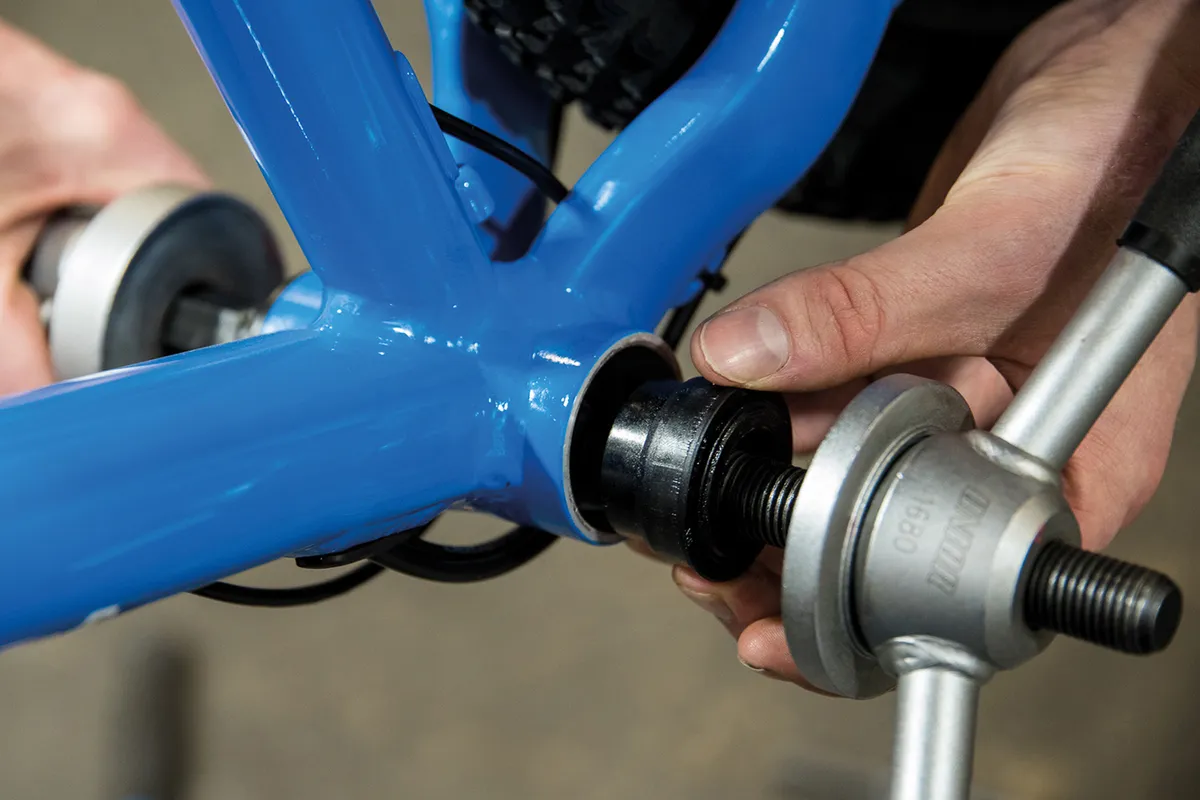
Press-fit bottom bracket shells are, in theory, a mechanically superior solution to a threaded shell, but few rejoice when a new bike features a press-fit bottom bracket.
Press-fit bottom brackets were first widely adopted in the early 2010s. Confusing standards, dodgy manufacturing tolerances, intangible benefits and poor communication from brands soon left a sour taste in the mouths of many riders.
While things have improved dramatically, some issues remain. Even the most proficient mechanic will concede it’s quicker to fit or rectify any issues with a threaded bottom bracket than a press-fit one.
All of this means riders generally prefer to see threaded bottom brackets.
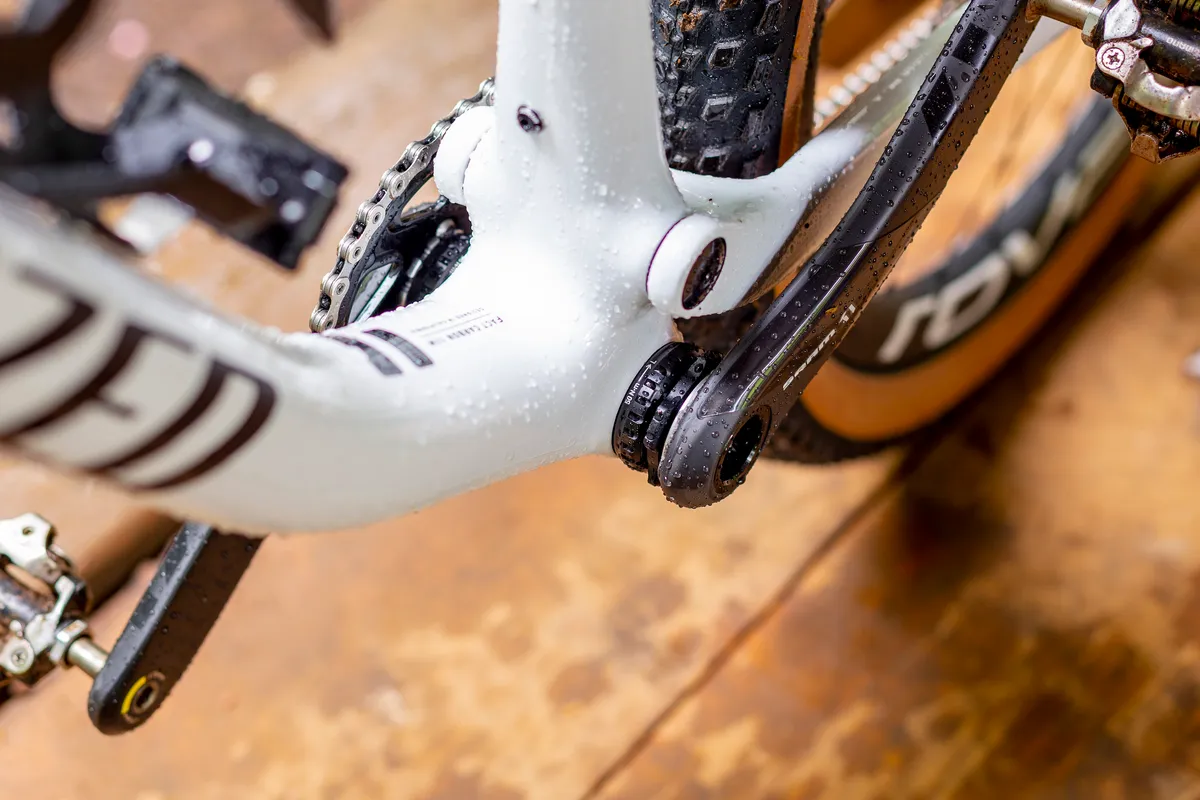
But regardless of your stance, marketers reading this should tread carefully if engineers at your brand insist on press-fit.
Specialized’s move back to threaded bottom bracket shells was heralded as a win for riders and mechanics.
Santa Cruz has also stuck with threaded bottom brackets forever and I challenge you to find one comment requesting a move to press-fit BBs.
Ultimately, you will find far fewer supporting voices for press-fit than the good old threaded bottom bracket.
3. Integrated cable routing needs to be stopped
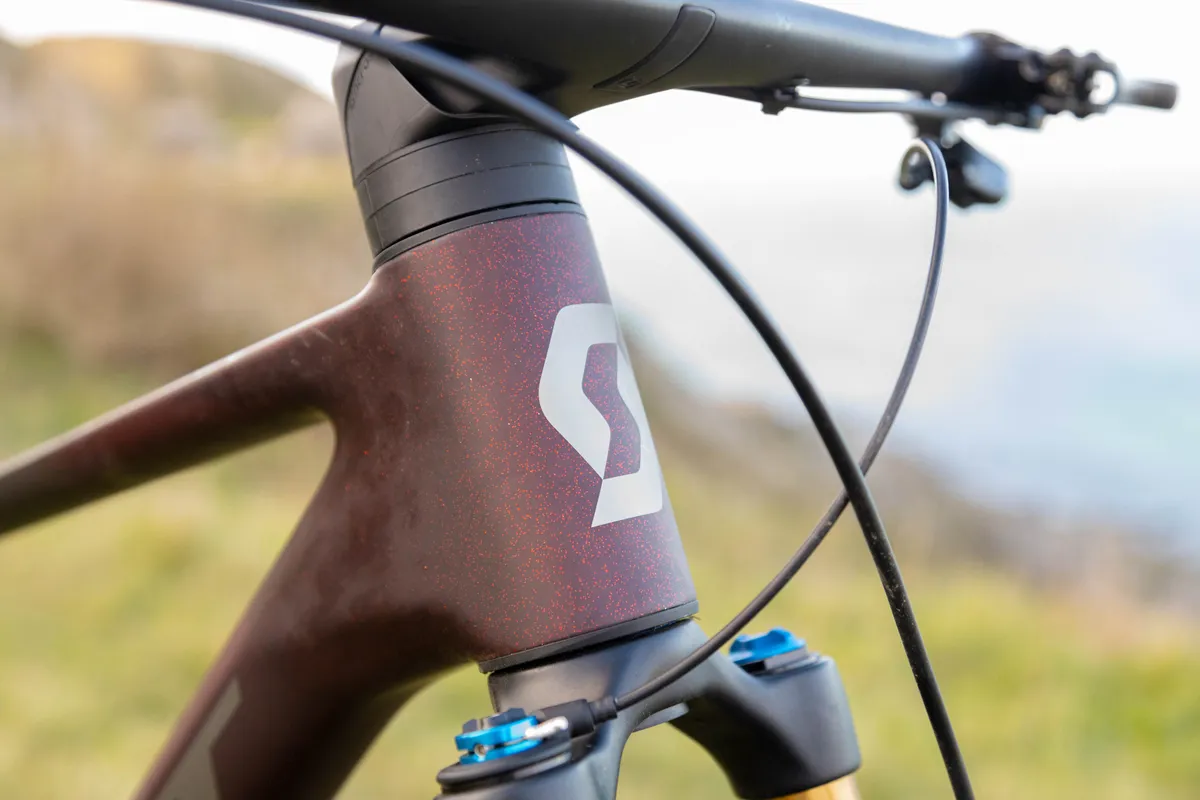
I have little issue with routing cables through a frame. Provided it's well designed, stuffing a cable into a down tube is less traumatic than you may expect.
However, many new mountain bikes feature fully integrated front ends with cables routed through (or under) the bar and into the head tube.
This trend makes mountain bikes more complicated and less user-friendly with no performance benefit.
So why have integrated front ends proliferated?
While I couldn’t give a fig about such small gains, on road bikes, fully integrated front ends are claimed to reduce drag.
I challenge any designer to look me in the eye and say the aero improvements of hidden cables on a mountain bike will make you any faster without smirking.
Internal cable routing can make it easier to mount bikepacking bags. But, if we're being honest, this isn't why brands opt to hide cable routing in the bar and frame, is it?
As far as I can tell, the only reason internal cable routing has become popular is because some riders and brands like the way it looks.
While it’s fine to want your bike to look good, it shouldn’t come at the expense of easy maintenance. Just stop.
